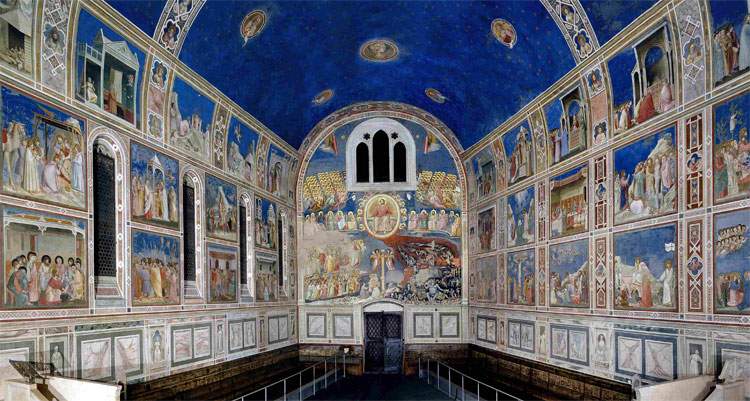Italy-China 58-56: we're alone at the top of the World Heritage list. 34 sites added
The 44th session ofUnesco’s World Heritage Committee, the body that determines World Heritage Site entries and deletions, has ended: the annual meeting was held this year in Fuzhou, China, and resulted with the inclusion of 34 new World Heritage sites. The high number was due to the fact that this year decisions were being made on both the 2020 nominations (in fact, last year’s annual meeting was skipped due to Covid) and the 2021 nominations.
Italy once again led the World Heritage list by itself: having started before the session tied with China (55-55), it succeeded in overtaking it thanks to the inclusion of three new sites(Padua Urbs Picta, the Baths of Montecatini and the Porticoes of Bologna) against China’s only site (the World Emporium of Song-Yuan), thus fixing the result at 58-56.
In the face of 34 newly inscribed sites (including 29 cultural and 5 naturalistic), there is one that was deleted: it is Liverpool - Maritime and Mercantile City, which was excluded from the World Heritage List due to irreversible loss of the elements for which it was inscribed. There is also the case of a site that has just been inscribed, and immediately placed on the World Heritage in Danger list: it is the Mining Landscape of Roșia Montană (Romania), considered at risk because of mining activities that threaten it.
Here are all the new sites below. For 2020: The Great Spa Cities of Europe (Austria, Belgium, Czech Republic, France, Germany, Italy, UK); Frontiers of the Roman Empire-the Danubian Limes (Austria, Germany, Slovakia); the Colonies of Benevolence (Belgium, Netherlands); the SÃtio Roberto Burle Marx (Brazil); the Song-Yuan World Emporium (China); the Cordouan Lighthouse (France); the Mathildenhöhe in Darmstadt (Germany); the Kakatiya Rudreshwara Temple (India); the Trans-Iranian Railway (Iran); the 14th-century frescoes in Padua (Italy); the Dutch water defense lines (Netherlands); the Chankillo archaeoastronomical complex (Peru); the mining landscape of RoÈ™ia Montană (Romania); the ḤimÄ cultural area (Saudi Arabia); the Paseo del Prado and Buen Retiro (Spain); the site of Arslantepe (Turkey); the church of Atlántida (Uruguay); the Colchis rainforest (Georgia); the islands of Amami-Oshima, Tokunoshima, North Okinawa, and Iriomote (Japan); the tidal plain of Getbol (Korea); and the Kaeng Krachan forest (Thailand).
For 2021: Chinchorro culture settlements in the Arica and Parinacota regions (Chile); Sudanese-style mosques in northern Côte d’Ivoire (Ivory Coast); Nice (France); Shum community sites in Speyer, Worms, and Mainz (Germany); Frontiers of the Roman Empire-the Limes of Lower Germany (Germany, Netherlands); the city of Dholavira (India); the cultural landscape of Hawraman/Uramanat (Iran); the Porticos of Bologna (Italy); the prehistoric sites of Jomon (Japan); As-Salt (Jordan); the petroglyphs of Lake Onega and the White Sea (Russia); the works of Jožand Plečnik in Ljubljana (Slovenia); the slate landscapes of North Wales (UK); Ivindo National Park (Gabon).
Pictured: the Scrovegni Chapel, part of the Padova Urbs Picta site.
 |
| Italy-China 58-56: we're alone at the top of the World Heritage list. 34 sites added |
Warning: the translation into English of the original Italian article was created using automatic tools. We undertake to review all articles, but we do not guarantee the total absence of inaccuracies in the translation due to the program. You can find the original by clicking on the ITA button. If you find any mistake,please contact us.




























